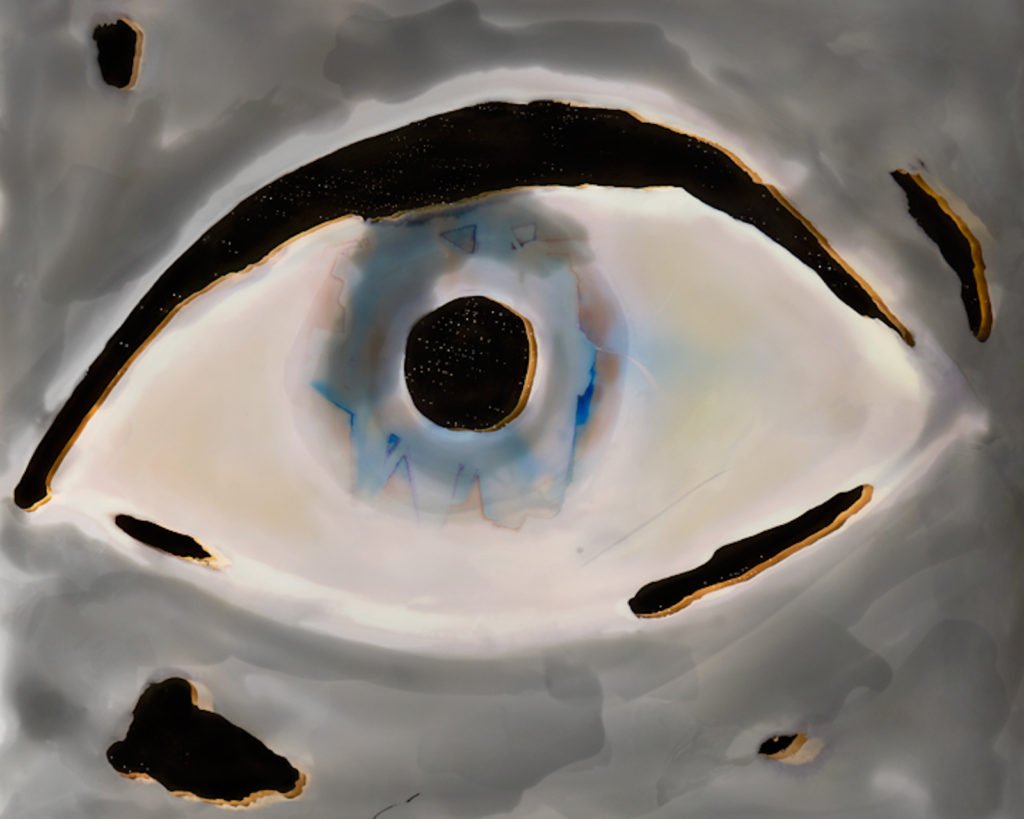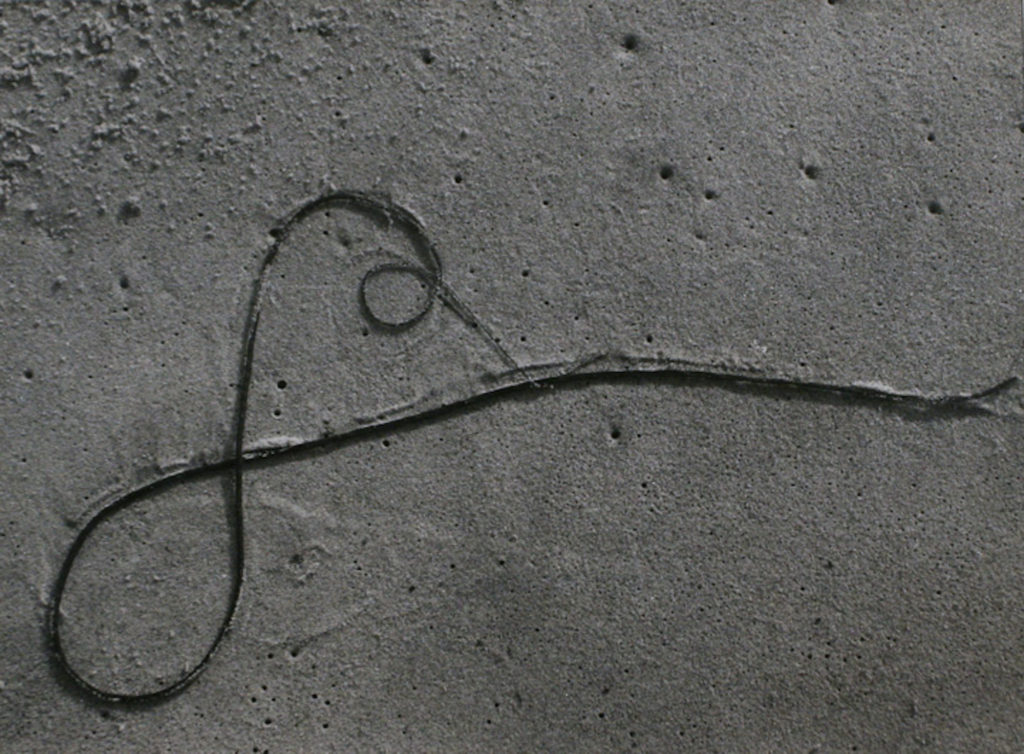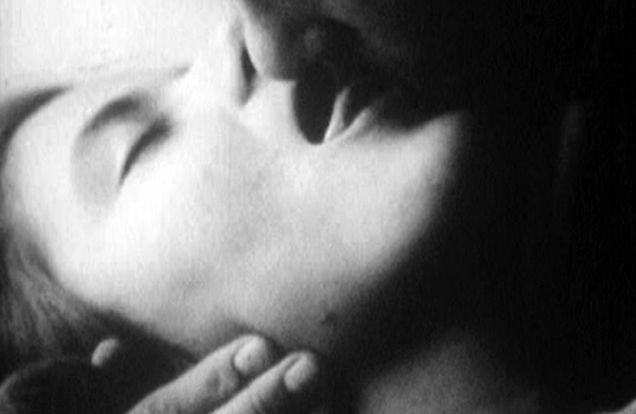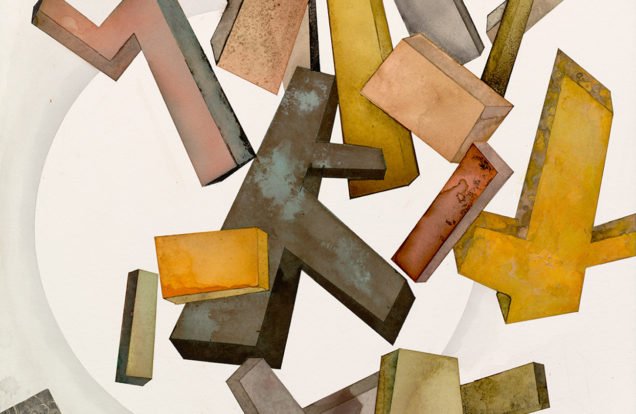Drawing the Line
Bruce Silverstein Gallery, NYC

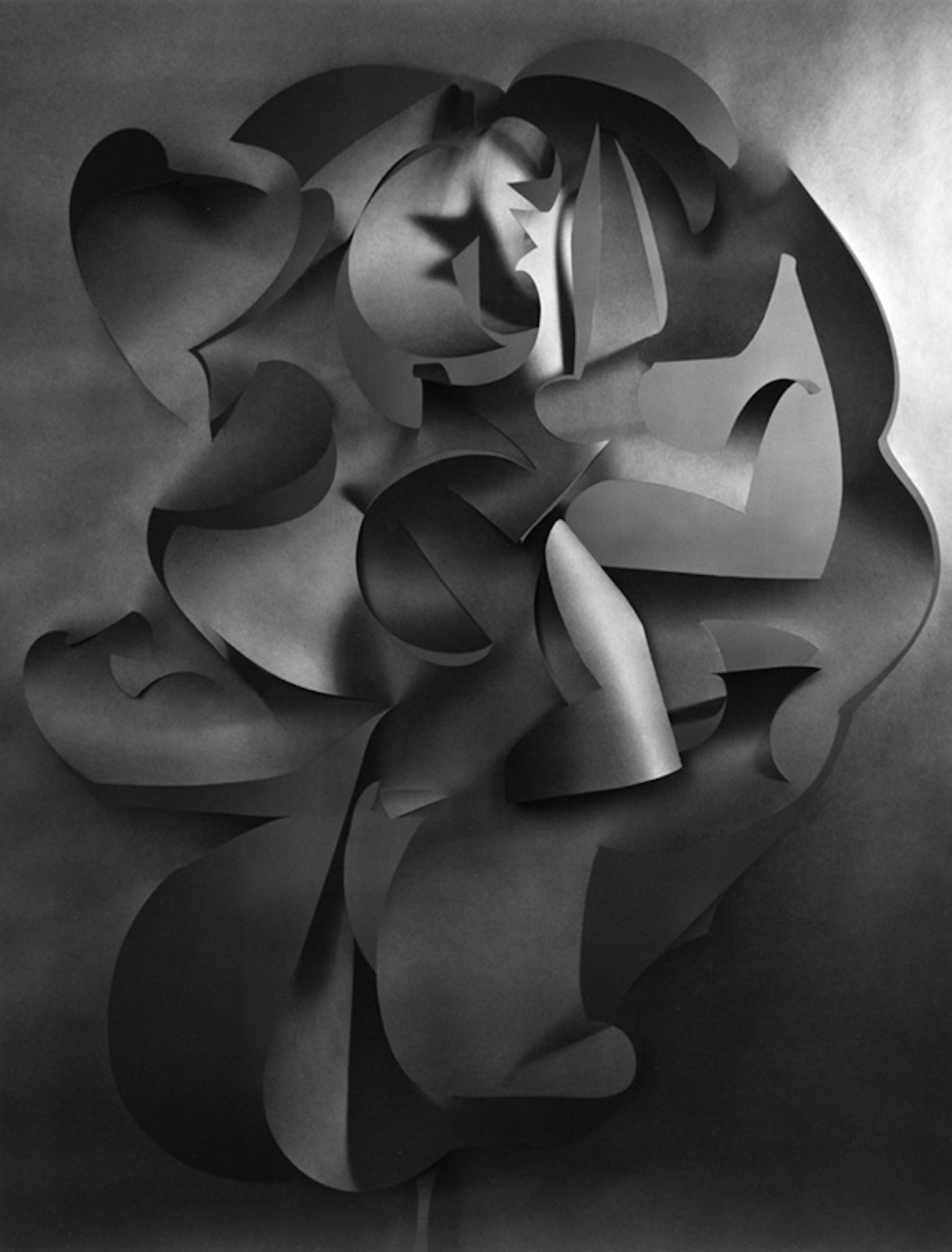
Photography was originally a marvelous innovation in technology, but it also led to a number of changes in the realm of visual art, too. Painting and drawing lost its need to depict reality, and photography often took on the role of documentation and portraiture. However, photography quickly became its own fully-formed mode of art. In a group show called Drawing the Line at Bruce Silverstein Gallery in New York, modern and contemporary artists use their cameras in entirely poetic and abstract ways.
As previously mentioned, relatively instant documentation was one of the great advantages of the camera. In this exhibition, it is shown that the ephemeral projects were often preserved through the film of a camera. One such example is John Wood’s Beach Drawing from 1983. Rough, abstract inscriptions on the shoreline’s sand are documented by the lens of Wood’s camera before they are washed away by the inevitable tide. Luckily for views, there are several iterations of these beach drawings in the show. On a similar note, Harry Callahan’s Detroit of 1943 transforms the everyday movement of street and car lights into an abstract composition of frenetic reds and blacks.
The camera isn’t only good at capturing the spontaneous. In fact, planned and composed compositions are just as fascinating in Drawing the Line. Experimental approaches to lighting, sets, and materials clearly can lead to very interesting results. One such photograph is Frederick Sommer’s Cut Paper from 1967 that uses only light and paper to make a photograph that enters the realm of some sort of Abstract Expressionist epic. The artist Brea Souders also uses film not just for photography, but for painting. By using bleach, paint, and plenty of other mediums, film suddenly feels much more like paper or canvas. Her piece Pale Eye of 2015 is particularly striking, and a reminder as to the power and malleability of her medium.
